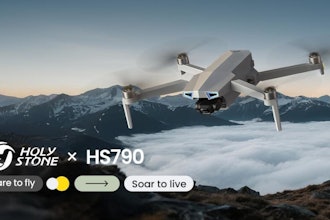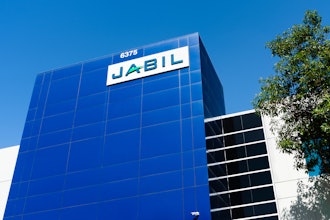It seems like every day there’s new product development news relating to driverless cars. Last week the U.S. Army announced that it was testing driverless vehicles, in an effort that could eventually help cut down on accidents and dangerous combat situations for soldiers, especially in places where bombs and improvised explosive devices could be hidden.
While driverless cars could also solve a lot of other problems, here’s one you maybe didn’t think of, but Google did.
Google just received a patent for a coating on self-driving cars that could help prevent pedestrian injuries.
According to Tech Times, Google’s patent is for a special kind of sticky adhesive coating, described as human flypaper, designed in an aim to reduce the case of deadly collisions between cars and pedestrians.
In the event the autonomous car were to hit a pedestrian, the person would be glued to the car instead of flying off, thereby preventing a secondary impact between the pedestrian and the road surface or other object.
In a perfect world autonomous vehicle technology will be a cohesive system of sensors and software that can predict and avoid almost all dangerous driving situations.
"However,” Google said in its patent filing, “while such systems are being developed, it must be acknowledged that, on occasion, collisions between a vehicle and a pedestrian still occur.”
So, if you think it’s hard to wash the bugs off your car now, wait until your vehicle is covered in a sticky adhesive coating, and you’ll have Google to thank.






















